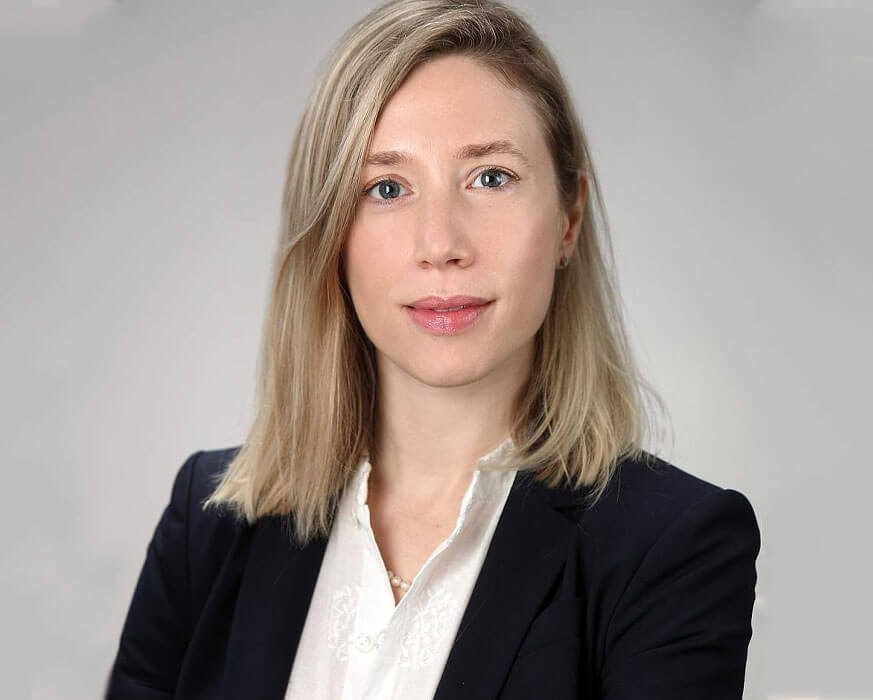Moving Research to Action: Why HEAL Commits to
Open Science

Dear HEAL Community,
The HEAL mission to end addiction long-term is ambitious. Achieving this mission will require the creative and diligent efforts of thousands of people: scientists, caregivers, community members, and clinicians across the United States. We need all hands to be on deck to solve problems of this magnitude and complexity.
Researchers with ideas to share toward scientific solutions for pain and addiction are everywhere, but not all of them have the same resources. Collaboration and interdisciplinary exchange of information can uncover new insights and approaches to entrenched challenges. That’s why it’s critical for HEAL to make research accessible. That means free exchange of data, software code, research publications, and peer review.
The Year of Open Science
Science has changed dramatically from the first days of data collection in notebooks centuries ago. Today, the vast amount of data generated through research is much too large to fit into individual journal articles, the traditional method of sharing research results. Moreover, many research results don’t even end up in papers – they don’t fit into the structure of a journal article, or they describe negative results, which are still extremely important to share. There is now an opportunity to expand the conduct of science to invite new ways of thinking to address pain and addiction research.
This year (aptly, the “Year of Open Science”), NIH and the Biden administration issued statements that explained why open science is so important toward promoting equity, restoring the public’s trust in government science, and advancing American scientific leadership. Below, I’ll share with you why it’s essential for HEAL and how you can help.
Meeting the Need for Open Access
Open science isn’t easy: it needs champions and practical processes to realize its full potential. Historically, the flow of knowledge in biomedicine has encountered barriers at many levels. For example, currently, many members of the HEAL community do not have free access to scientific journals where researchers publish their findings. A 2018 review estimated that less than 30% of research publications are “open access,” meaning they are freely available to anyone with online access.
As a result, many potentially valuable scientific solutions for the opioid crisis remain trapped in journal articles and conference presentations invisible to many. This barrier is one contributor to the sobering fact that it takes, on average, 17 years for a proven scientific advance to find its way to people and communities.
To improve transparency and to help government-funded research results more rapidly save lives, HEAL requires that scientific papers reporting HEAL research be immediately publicly available upon publication. This can be covered by HEAL research funds – even, in some cases, after the paper is published.
Why is it important to make research findings accessible? Advocates, research participants, patients, and many providers rely on accurate information about health conditions they are living with:
- Patients deserve to understand their health options based on what rigorous research shows is effective.
- Research advocates need scientific proof to back up policies aiming to help individuals and communities gain access to new treatments and prevention interventions.
- Providers need to see clinical evidence up close, not summarized secondhand, to make sound treatment decisions.
Promoting Maximal Data Sharing
A central pillar of open science is data sharing. There are lots of reasons for scientists to share data, and the return on the HEAL research investment will be much larger when different people, and machines, can access HEAL data. Combining data sets can increase sample size with more statistical power to make conclusions. Data can be sliced and diced in many ways and analyzed by multiple groups to provide answers to more than one research question. Sharing can also uncover patterns in disparate data sets, such as signatures of different chronic pain types or qualities likely to make a patient respond to treatment.
The HEAL community has an extraordinary opportunity to make new discoveries using HEAL research data on pain and addiction, toward making a rapid and genuine impact. In past messages, I’ve written about HEAL’s Data Ecosystem and the HEAL Data Platform, a web interface that allows a range of different people to discover, access, and analyze data generated by HEAL and other related research. If you are a HEAL-funded scientist, you can support open science by making your data shareable and your research papers instantly accessible to everyone. We have also set up HEAL Connections, a virtual center that is building and sustaining community partnerships and helping HEAL researchers share and translate actionable results.
The HEAL community is generating new data every day to address the public health challenges of pain, opioid use, addiction, and overdose. By sharing these data, along with the tools and methods for analyzing them, and making our research findings accessible to the broader HEAL community, we increase the reach and impact of our research findings. We also honor our commitment to research participants, taxpayers, and those who our research is designed to benefit.
We have worked hard to ensure that the HEAL research enterprise is highly transparent, to build trust among communities and partners working together to confront this urgent and evolving crisis. There is a lot of work still to do – the complexity of pain and addiction requires innovative new thinking and openness to fresh approaches and ideas. That’s why it’s critical that we commit to truly open science – and providing hope for everyone who is counting on us to help.
Connect with HEAL by email at HEALquestion@od.nih.gov, and subscribe to the NIH HEAL Initiative email list to get the monthly HEAL Digest sent directly to your inbox.
 U.S. Department of Health & Human Services
U.S. Department of Health & Human Services
